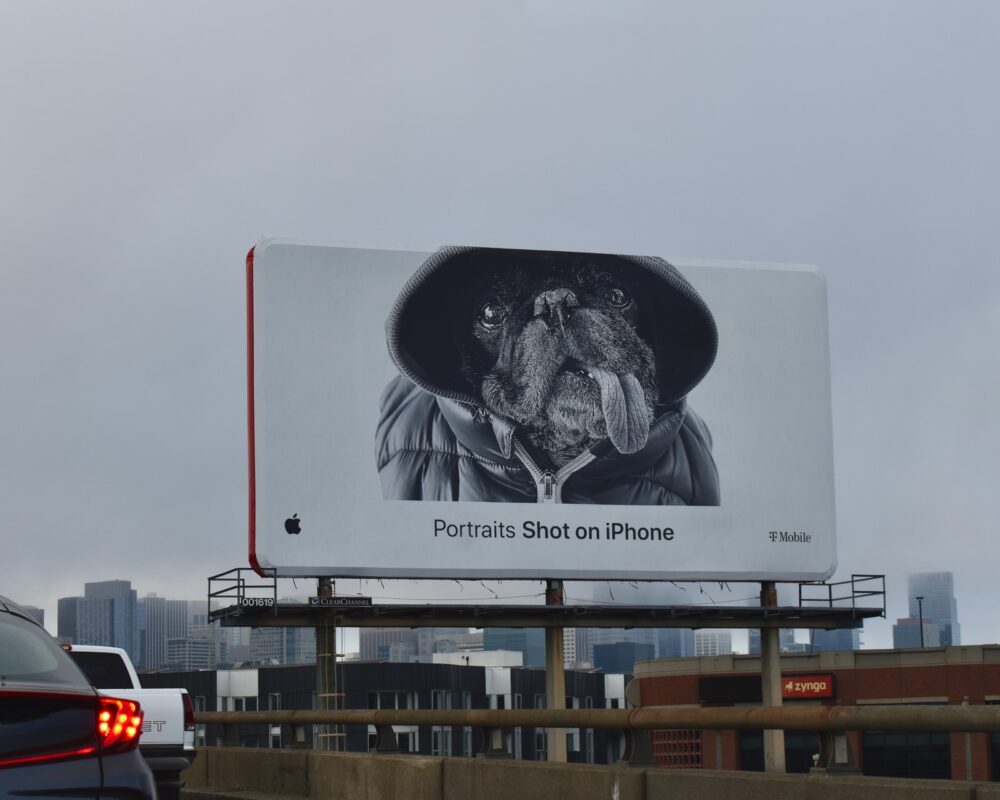Attribution can be one of the biggest headaches, stresses, and causes of arguments for many marketers and business owners out there today.
Where are your sales coming from? How did those customers get there? Are you wasting money on ad spend or not spending enough?
These are all important questions for any business, and they all somewhat come down to paid ads attribution windows.
TikTok has implemented an easy-to-understand attribution window tool within their ads manager, with the hope that this will quell any office debates around the efficacy of running TikTok ads!
Want to know more? Read on!
TikTok Attribution Manager
As of June 2022, TikTok advertisers will be able to customise attribution windows for their TikTok advertising campaigns within TikTok Ads Manager.
The options that you have at your disposal depend on whether you want to track click-through attributions (CTAs) or view-through attributions (VTAs).
CTA windows record attributions that come directly from clicks. Whereas VTA windows record attributions that come from impressions.
On TikTok, you can now set your CTA window up to 28 days, and your VTA window up to seven days.
Some people may think that of course ad platforms are going to do everything possible to expand their attribution windows. That way, the advertisers can credit their ads with the highest amount of conversions possible.
Well, not quite. To track a customer’s data through to attribution, that customer needs to have interacted with the advert – whether by click or by impression.
These interactions over a period of time really do add up, and can create a strong link between your brand and potential customers which eventually does help you acquire sales. Think about how memorable some brands are when you pass them on billboards every day.
More on this later when we discuss MER (media efficiency ratio)!

What’s the problem with current attribution windows?
Right now, in marketing, there seems to be a divide between paid and non-paid media.
For example, business owners might want to increase their sales by pushing ads to their target audience, yet they only look at data from sales/leads that come from instant attributions.
This viewpoint is missing the big picture of advertising in general, and is too hung up on the idea that paid ad campaigns are just ‘quick wins’.
Let’s give you an example. If your business is running ad campaigns, at some point you’ll check your backend data to see how they are performing. When you do so, you might see that all your sales and leads are coming from organic traffic – maybe even brand name organic traffic.
You tell your boss and they say ‘wow, that’s great! We should turn off all ad campaigns because everyone’s coming to us for free through organic traffic anyway!
Not so fast. You really think that all of these people just randomly typed your name into Google and ended up on your site happy and ready to buy?
Not likely. Instead, these people have been impacted by your marketing. To drive a customer to a sale, they need to have interacted with your business through multiple touch points, which your adverts act as.
Let’s hear from our own Paid Media Manager, JP, and get his thoughts on this subject:

“Digital users now have a short attention span and are also time-conscious, a combination that leads to people taking in as much media as they can, which might mean they scroll past your advert after watching it for a few seconds.
And yes, there are going to be times when a platform doesn’t get the direct sale, but certainly these platforms have impacted the sale in the long run.
Attribution is never going to be perfect, but if ads are having an impact on people, I believe we should have a window, especially when it comes to paid social platforms.”
Why you should consider using the Media Efficiency Ratio
While TikTok’s changes to attribution windows are positive for the industry, it alone might not be enough to combat other problems that paid media teams are facing.
Not only is there a debate ongoing regarding how to attribute sales to ad campaigns, but there are also technical changes occurring which are making attribution even harder.
Recent iOS updates have focussed on cookies and providing users with the choice to opt out of data tracking. While this might be a good step for online privacy, it is bad news for digital advertisers and platforms that are used to recording information this way.
To combat this, advertisers can use what’s called the Media Efficiency Ratio.
Put simply, your Media Efficiency Ratio looks like this:
MER = Total Revenue / Total Paid Media Spend
Planning campaigns with MER in mind will help to create sustainable, multi-platform and multi-disciplinary campaigns where paid and organic work together to ensure your total ad spend does not squash your total revenue brought in.
MER also solves the attribution debate by making it clear that every impression your ad makes is worth it in terms of bringing in sales, even if a user didn’t have an immediate click-through attribution.
As we grow into a world where privacy rules become stricter for tracking, attribution, and tying purchases and leads to a specific individual, advertising is going to become harder and harder. As an industry, we believe that a transition to a Media Efficiency Ratio is needed to keep paid media healthy and relevant.


